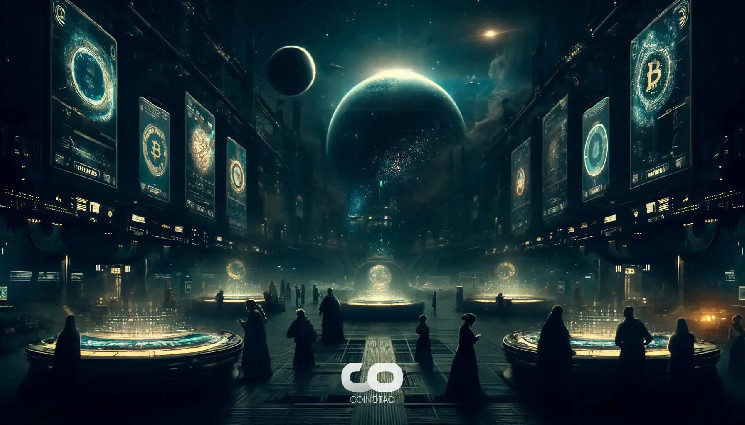-
Farcaster has unveiled a significant update to its innovative Frames feature, aiming to enhance the user experience on the decentralized social media platform Warpcast.
-
This update, known as Frames v2, is anticipated to expand the operational capabilities of the platform by allowing users to engage with full-screen applications directly within the Warpcast ecosystem.
-
Dan Romero emphasized that this new frame standard would enable not only interactive applications but also facilitate on-chain transactions and user notifications, transforming how users interact on the platform.
This article delves into the transformative updates of Farcaster’s Frames v2, exploring its potential impact on user engagement and decentralized applications within Warpcast.
Farcaster Frames v2: A Pivotal Enhancement for User Engagement
The recent announcement from Farcaster regarding Frames v2 marks a pivotal moment in the evolution of decentralized social media. Launched initially in January 2024, the first iteration of Frames significantly boosted user activity, with an impressive 400% surge in daily active users following its introduction. This surge demonstrated the application’s potential to integrate traditional interactive features into the Web3 environment.
As Dan Romero, the founder of Farcaster, pointed out, the previous version faced challenges that limited developers’ capabilities in creating more robust applications. However, Frames v2 directly addresses these challenges, allowing for more engaging and user-friendly experiences. This upgrade permits developers to build larger applications that can function effectively within social media posts.
Addressing Previous Limitations: The New Features of Frames v2
The new specifications of Frames v2 focus on enhancing interaction possibilities within Warpcast. This includes full-screen applications, which Romero indicated would provide a richer and more immersive user experience. Notably, the issues related to slow image rendering and an “ephemeral” state are expected to be resolved, thereby permitting a stable and consistent experience for users returning to previously used frames.
Developers are now equipped with a Frames SDK, enabling them to implement functionalities like saving frames and executing on-chain transactions seamlessly. This flexibility opens avenues for innovative applications that can engage users more effectively while utilizing blockchain capabilities.
Read the full article here

